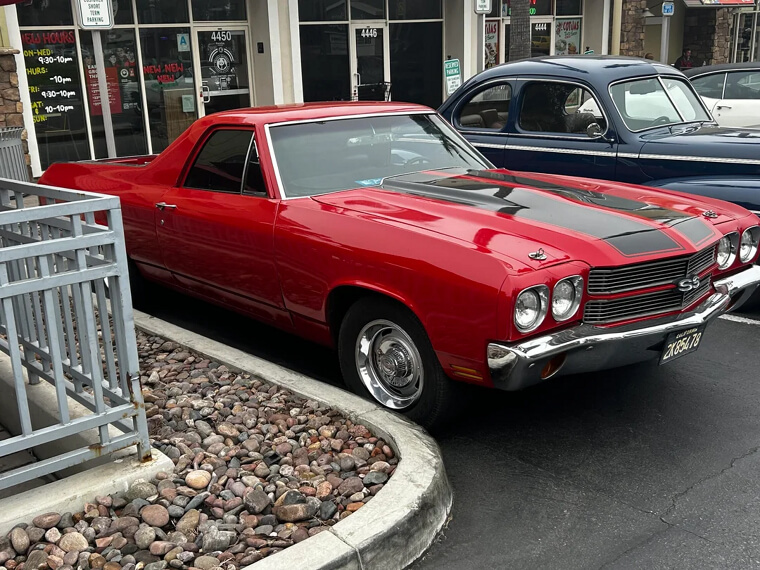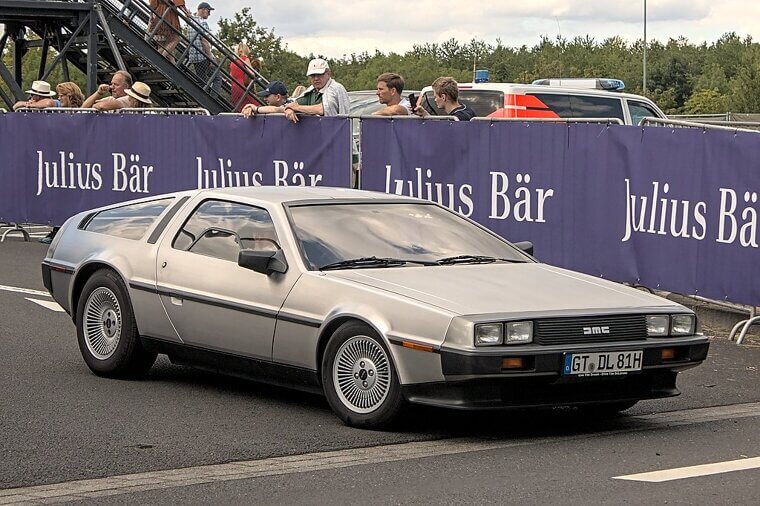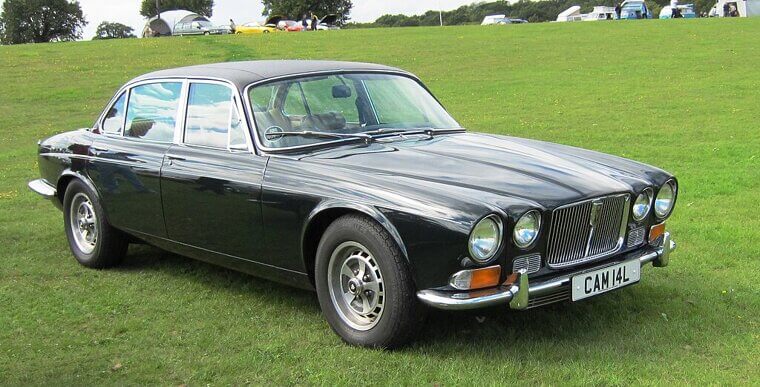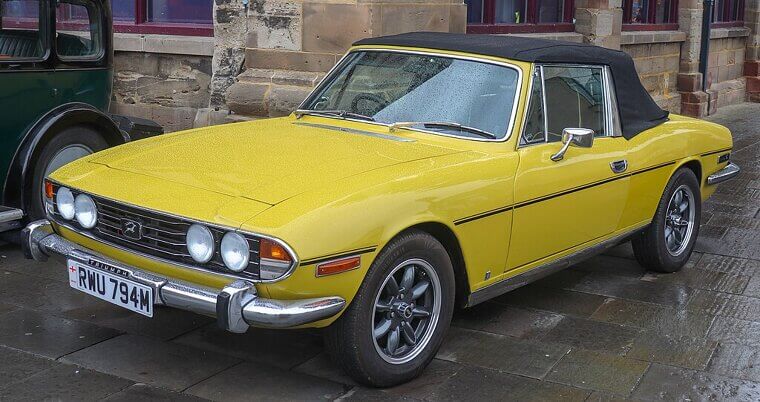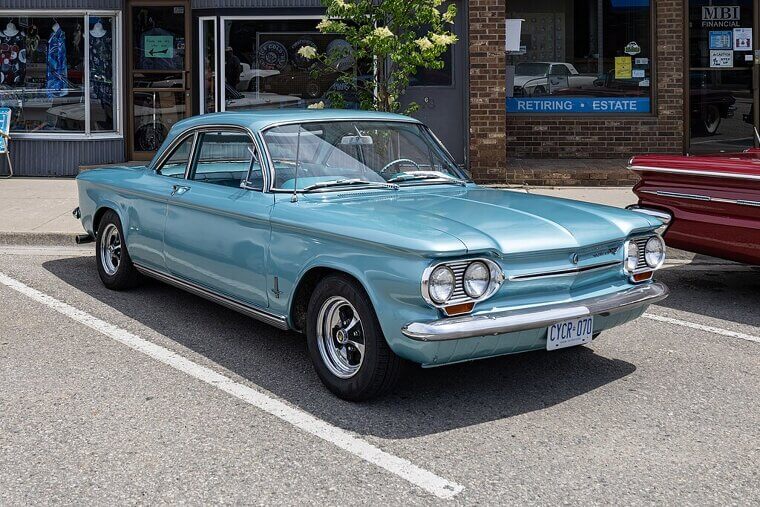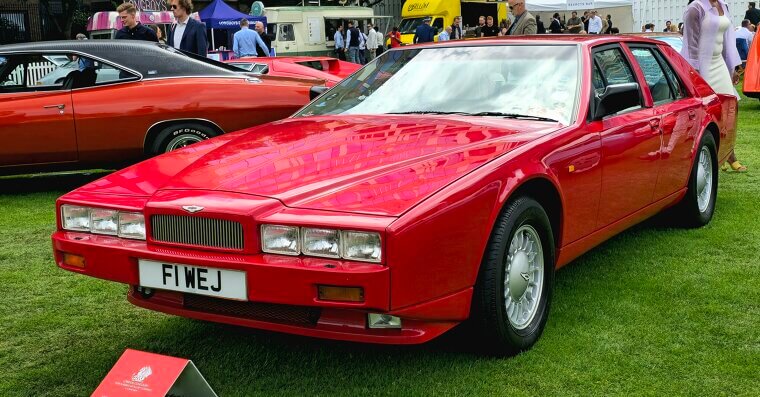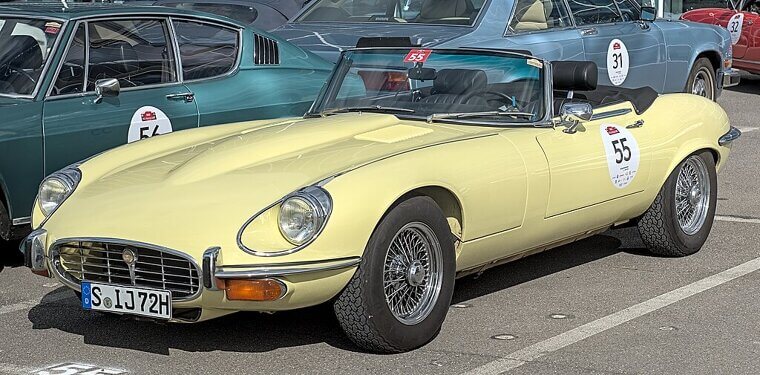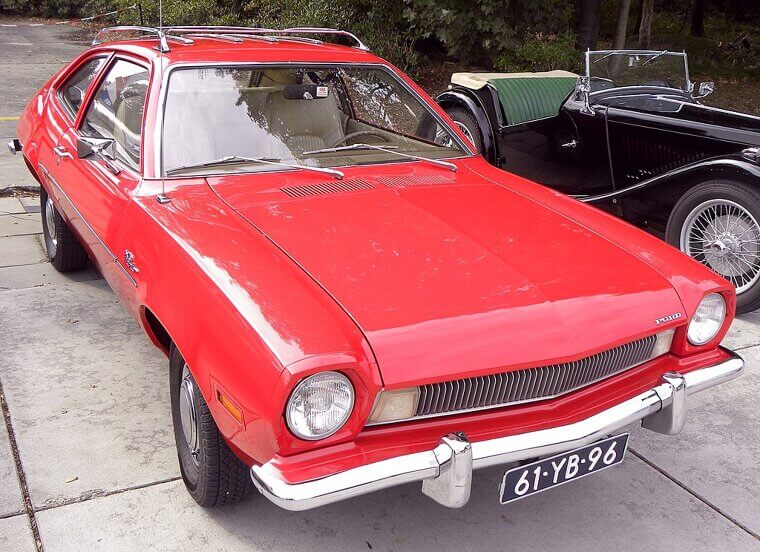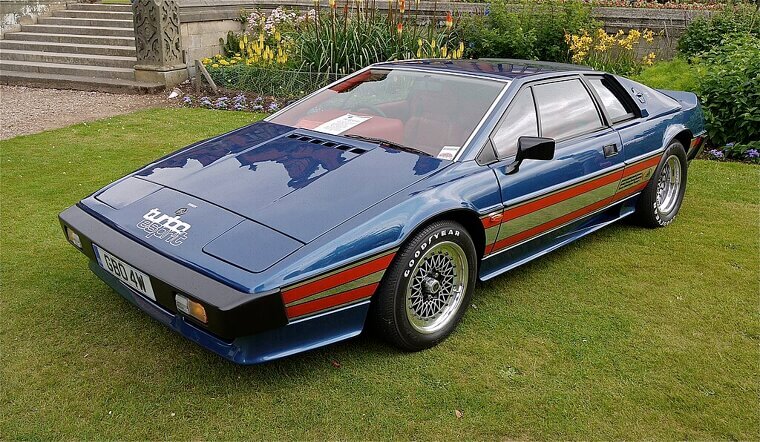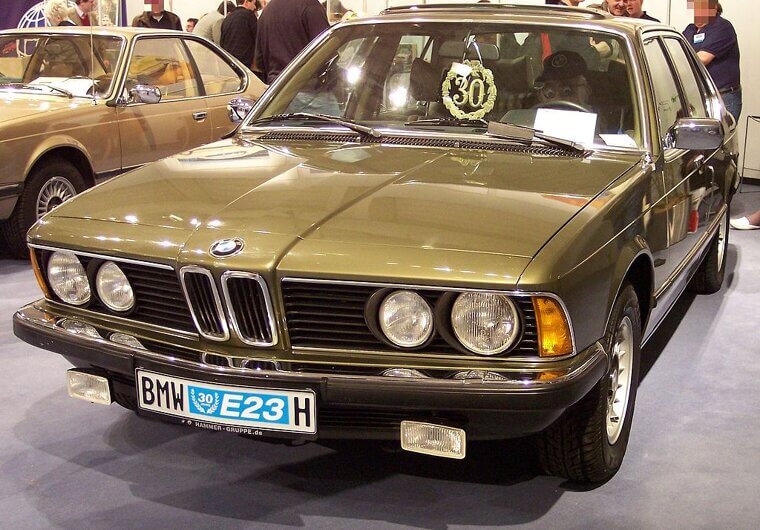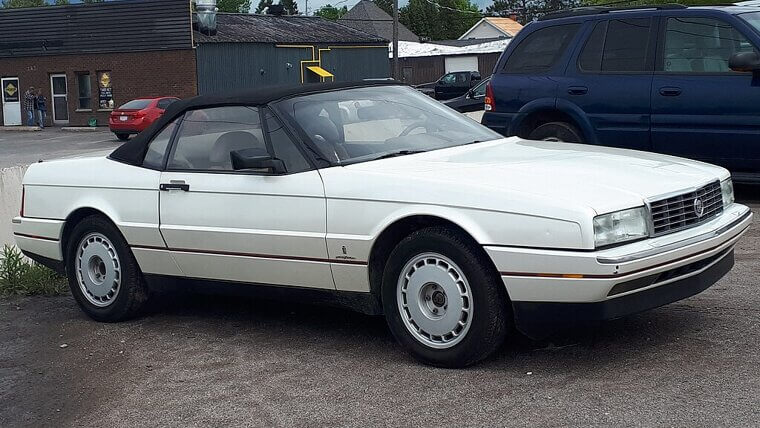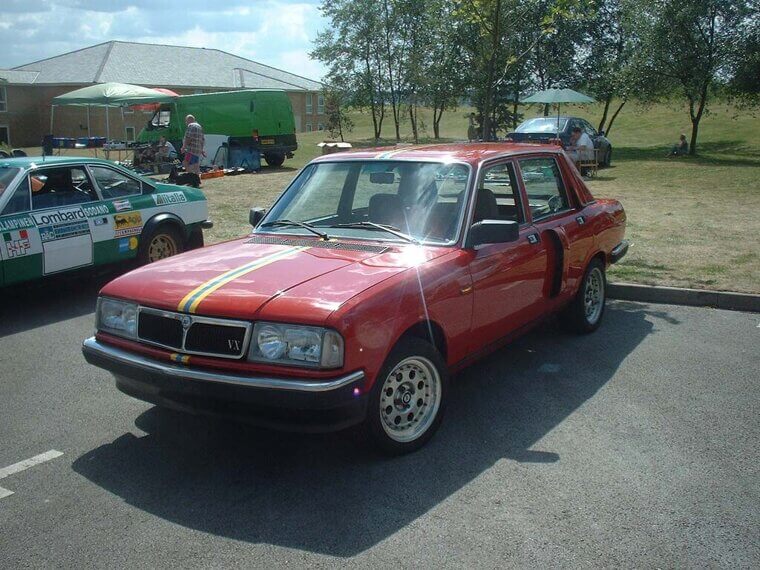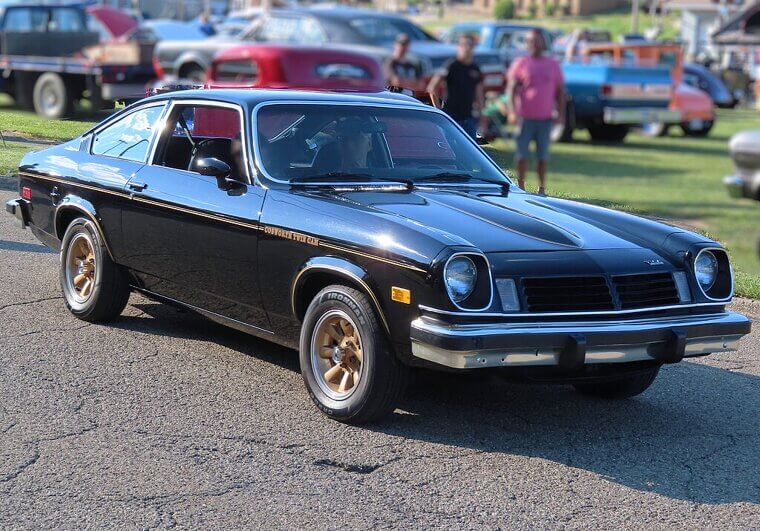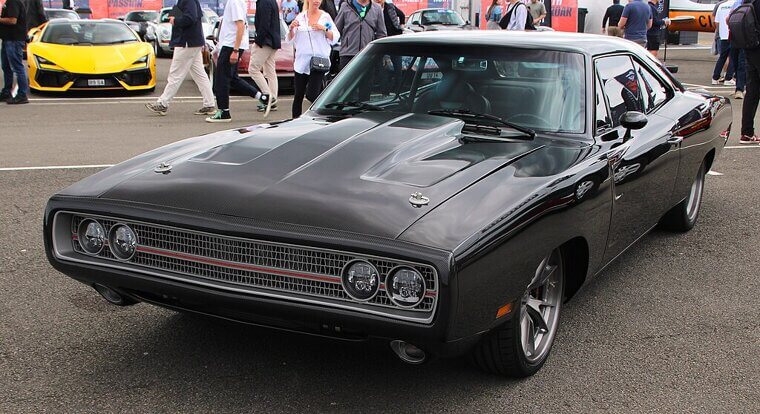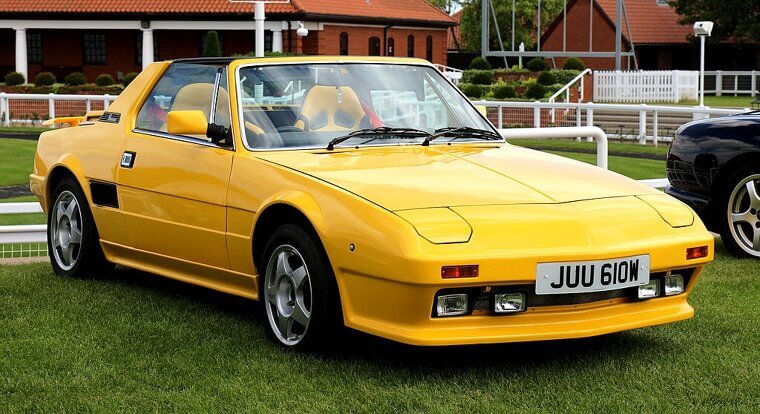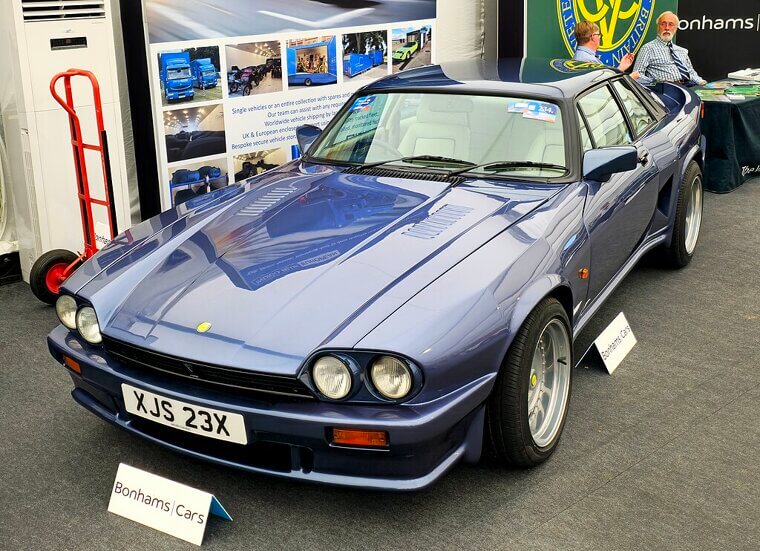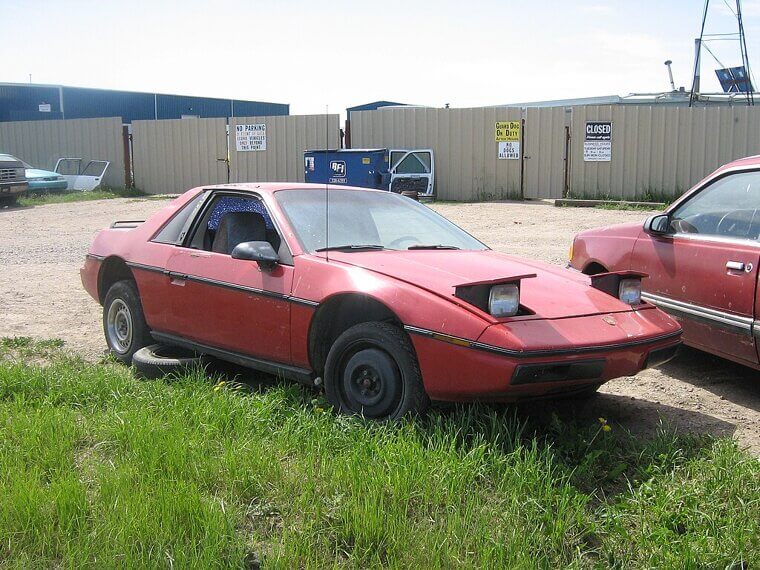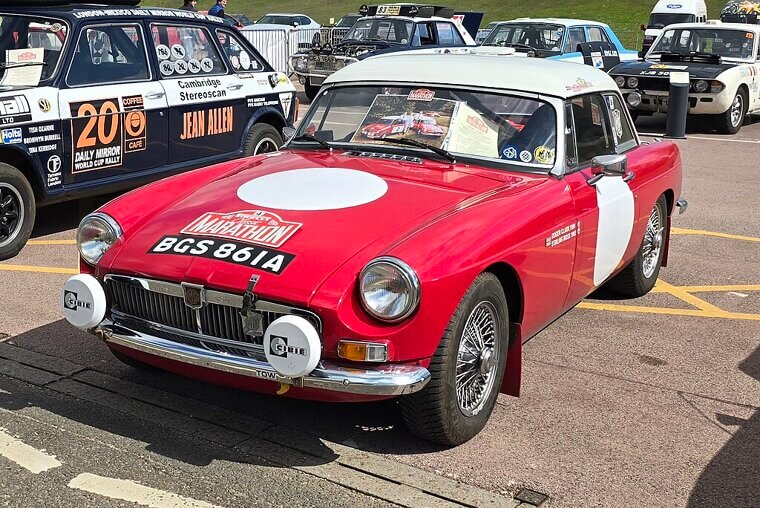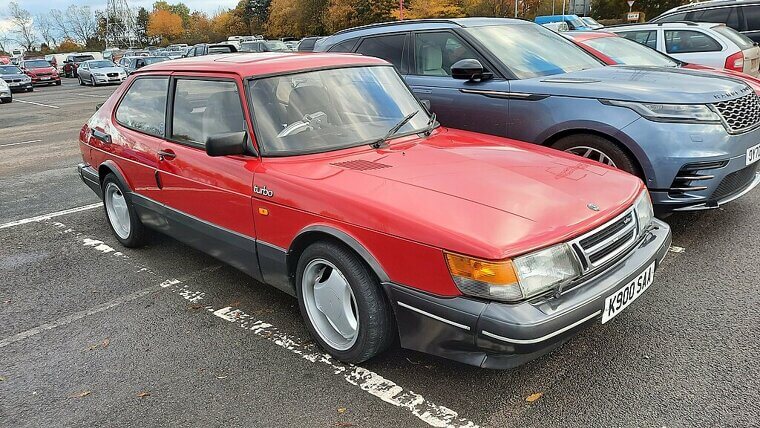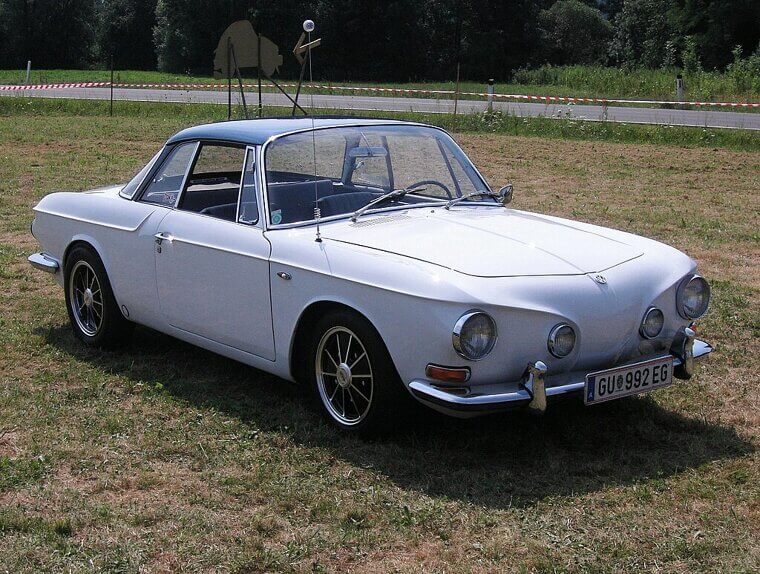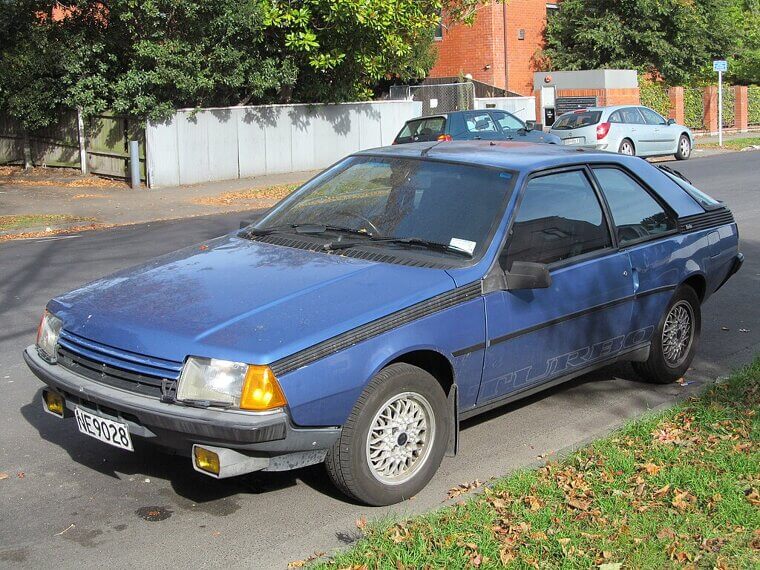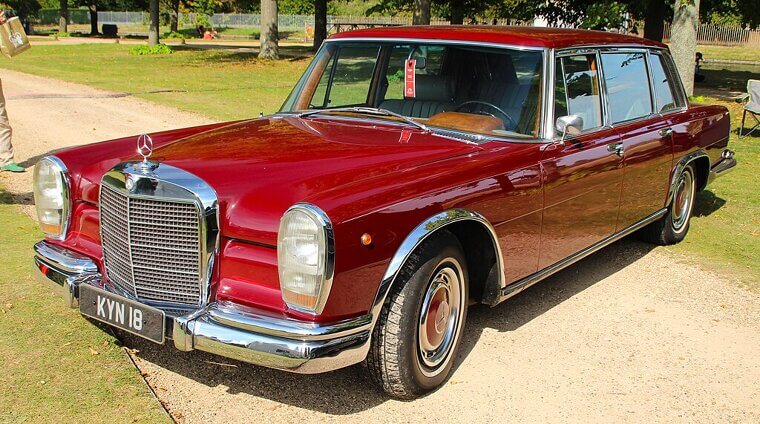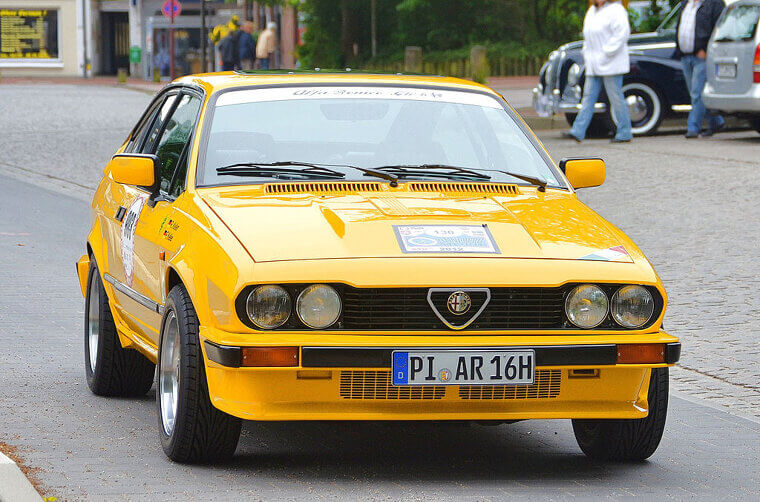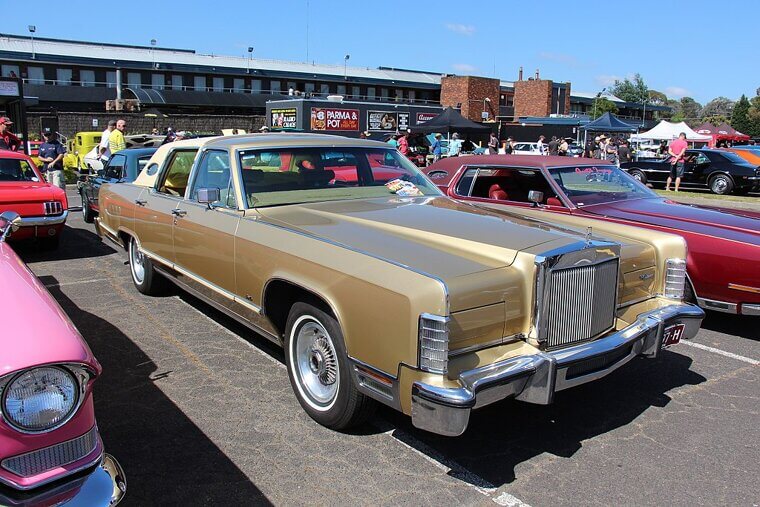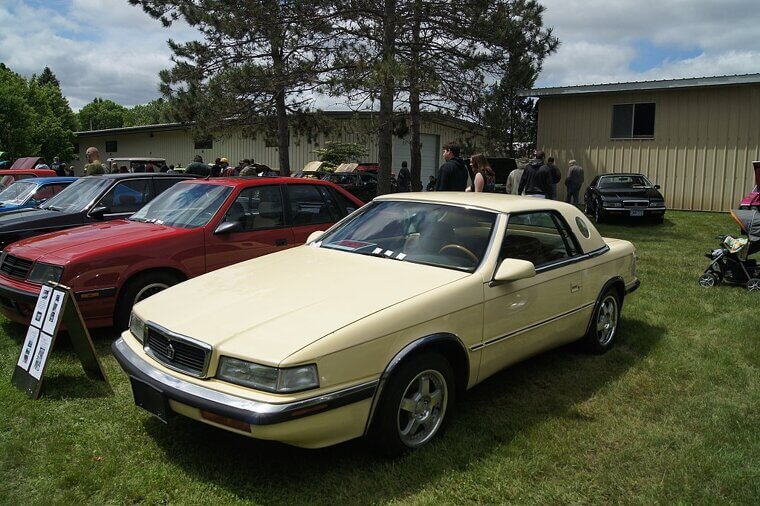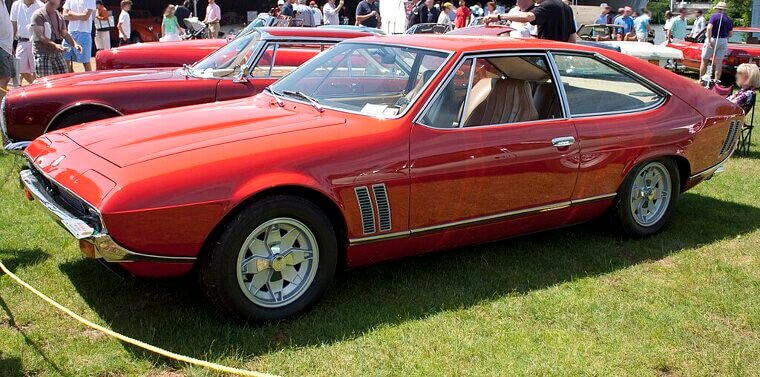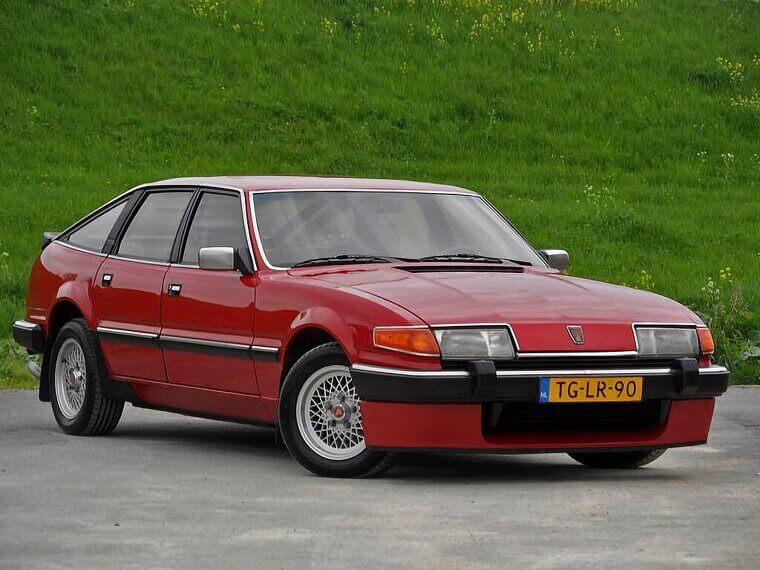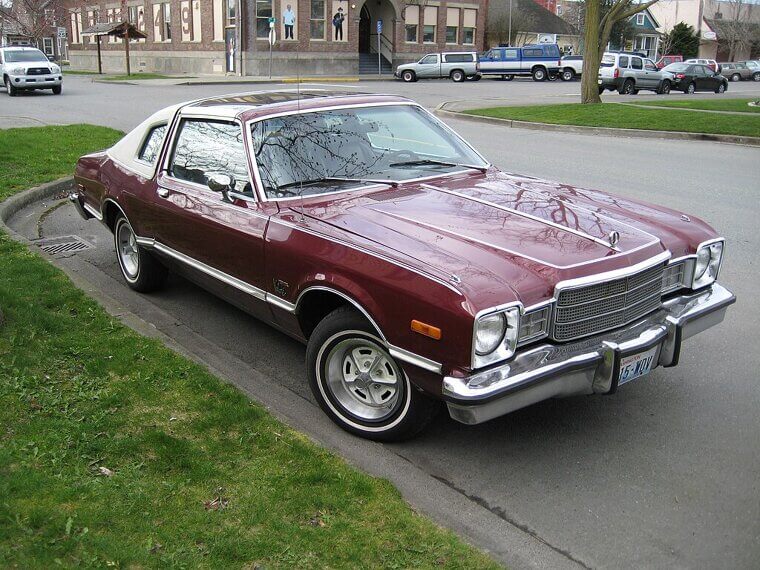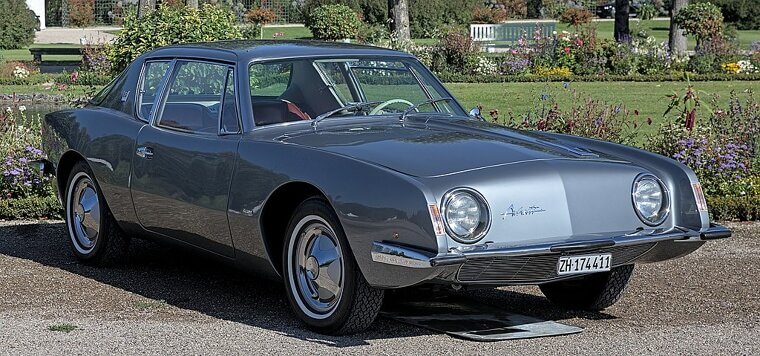Classic Cars Full of Charm but Short on Reliability
Some cars are like bad relationships: gorgeous from across the street, disastrous behind closed doors. These vintage beauties had charisma by the bucketload, but their owners often needed a second mortgage, a mechanic on speed dial, and possibly a fire extinguisher just to keep them running.
DeLorean DMC-12
It promised time travel chic and gullwing glam, but in reality, the DeLorean’s V6 wheezed like an asthmatic goat. Stainless steel looked great, until you realized fingerprints never left it! This baby’s cool to look at, but catastrophic to own (unless you had Doc Brown’s budget for repairs).
Jaguar XJ12 (Series III)
The Jaguar XJ12’s a stately British sedan with a silky V12, that was as dignified as tea at the palace. Trouble is, the electrics worked only on Thursdays and the engine guzzled fuel like frat boys at happy hour. Ownership felt less like driving and more like long-term suffering with class.
Triumph Stag
With Italian styling cues and a bespoke V8, the Triumph Stag should’ve been a grand touring hero. Instead, it overheated if you looked at it the wrong way, and owners often swapped the engine entirely! A triumph in name only, its legacy is mainly tow-truck receipts.
Chevrolet Corvair
The Cute, quirky, and rear-engined Corvair was GM’s answer to European compacts. But Ralph Nader’s “Unsafe at Any Speed” skewered it, and not unfairly. Handling quirks could fling you off the road if you sneezed mid-corner. It was stylish, but safer to admire from the driveway.
Maserati Biturbo (1980s)
Twin turbos! Italian styling! Bargain price! It sounded like a supercar for the people, until the turbos exploded, the electrics fried, and the upholstery aged like milk in the sun. The Bitturbos’s a car that lived up to only half its name. It was definitely bi-troubled.
Citroën SM
The SM’s Space-age styling and hydraulic wizardry made it look like a UFO parked on your lawn. Add a Maserati V6, and it should’ve been divine. Instead, its mechanics were so complex you practically needed a PhD in French engineering to change the oil! It was both glamorous and wallet-destroying.
Aston Martin Lagonda
The wedge-shaped spaceship sedan of the 1970s with a price tag to match, the Lagonda’s futuristic digital dashboard was revolutionary… and almost never worked. Owning one was like dating a supermodel who only spoke in error codes. Sleek misery.
Ferrari Mondial 8
The “affordable Ferrari,” which sounds like an oxymoron, was underpowered, heavy, and mocked even when new. Maintenance costs remained full Ferrari, though! It lured buyers in with the badge, only to drain their wallets faster than it accelerated.
Jaguar E-Type (Series III V12)
The earlier E-Types were near perfection. Then came the Series III, bloated with a V12 that overheated if you dared sit in traffic. Although it was still jaw-droppingly beautiful, ownership was comparable to keeping a peacock as a pet: glorious, impractical, and constantly in distress.
AMC Pacer
A rolling fishbowl of 1970s quirk, the Pacer looked futuristic and cool in a “stoner’s sketchbook” way. Sadly, it was heavy, thirsty, and badly built. The Pacer achieved the rare feat of being both unique and universally mocked, though “Wayne’s World” gave it cult status.
Ford Pinto
Cool name, compact size, groovy colors… and a rear fuel tank placed like a whoopee cushion of doom. The Pinto’s styling whispered “freedom,” but its engineering sometimes yelled “incoming fireball.” Recall fixes helped, but owning one meant explaining to friends that your weekend plans didn’t include impromptu flambé.
Lotus Esprit (1970s/80s)
Bond drove one into the sea; you drove yours to the mechanic. The Esprit was featherweight thrills, fiberglass glamor, and engines tuned like opera singers with sore throats. When it ran, it was magic; when it didn’t, it was electric parts with moods and a components hunt that felt like archeology.
BMW 7 Series (E23)
The 7 series had executive swagger, shark-nose menace, leather everywhere… and early electronic attempts that aged like fresh vegetables in a damp cellar. It would have been a fabulous drive if not for the climate control gremlins, onboard computers with existential crises and vacuum leaks playing hide-and-seek.
Cadillac Allanté
Styled in Italy, flown by 747 “Sky Bridge” and assembled in Detroit, the Allanté’s concept was fabulous. In practice, you got soft-top woes, temperamental electronics, and parts priced as if they’d also flown business class. Its Pininfarina looks came with a frequent-flyer card to your local specialist.
Lancia Beta
The Beta rusted with such enthusiasm you’d swear it was a performance art piece. It had lovely steering, elegant lines and spirited engines right up until the tinworm arrived like a buffet crowd. Owners learned welding, patience, and how to park under umbrellas made of hope.
Chevrolet Vega
A tiny American coupe with big dreams and aluminum-sleeved nightmares, early Vega engines overheated, oil vanished like stage smoke, and body panels decided oxidation was a lifestyle. It looked the part (clean, modern, optimistic), but its reliability clocked out early. Many Vegas found happiness as V8-swapped hot rods, which says everything and nothing all at once.
Dodge Charger (1970s)
The name screamed muscle while the emissions era whispered “diet.” Heavy bumpers, choked carburetors, power ratings that felt apologetic - you bought the silhouette of glory and got the stamina of a nap. Dressing like a sprinter doesn’t make you fast; ask the Charger, which spent a decade jogging in place.
Fiat X1/9
Mid-engine, a targa top and bertone chic also came with rust that arrived faster than the pizza delivery. At its best, he X1/9 danced - it was light, precise and joyful. Otherwise, it sulked with electrical quirks, balky bits, and a talent for dissolving in maritime climates.
Jaguar XJS (V12 Models)
The XJS was silent, sumptuous, and spectacularly thirsty. The V12 purred like royalty but demanded constant tribute: its hoses, sensors and electrics all plotted midnight mischief. Long, low, and louche, it turned heads while turning owners into connoisseurs of specialist invoices.
Pontiac Fiero (early Models)
Finally, a mid-engine American sports car! Then the fires started, and the jokes wrote themselves. Early Fieros mixed innovative packaging with cost-cut corners, resulting in heat-related drama. Later fixes improved things, but the reputation stuck like melted plastic. It was a brilliant idea wrapped in 80s optimism (and, occasionally, smoke).
Peugeot 504 Coupé
A Coupé styled by Pininfarina with a cushy ride and exotic flair - what could go wrong? Plenty, apparently! French electrics with moods, obscure parts networks, and mechanical quirks that aged like Doran Gray’s portrait made the 504’s bad days less “sipping wine in Provence” and more “drinking boxed wine in your garage.”
MG MGB
MGB was the quintessential British roadster: cheerful lines, chrome grin, cheap thrills. But “reliability” in MG language often meant “carry tools at all times.” Lucas electrics flickered like moody candlelight, and rust gnawed with enthusiasm. Enthusiasts call it character; owners call it character-testing.
Saab 900 Turbo (Classic)
A wraparound windshield, ignition by the shifter and swoopy hatch embodied this quirky Scandinavian ride. When boosted, it was thrilling; when broken, a Viking curse. Its turbo lag could swallow whole seconds, while parts cost enough to raid your savings. Beloved by eccentrics, misunderstood by mechanics.
Volkswagen Karmann Ghia
Sculpted like a baby Porsche but powered like a Beetle, the Karmann Ghia was gorgeous to look at yet slow to drive and fragile to own. Rust adored its curves even more than admirers did. Chic at car shows, glacial on highways, and only slightly less terrifying in a crash than riding a unicycle through traffic. Beauty, meet betrayal.
Chevrolet Chevette
The Chavette’s a car that asked, “What if driving could feel exactly like public transport, but worse?” Cheap, cheerful, and profoundly unremarkable, the Chevette aged quickly and rusted faster. Its power was minimal, its comfort imaginary, and its reliability? Sporadic. Its only real talent was motivating people to buy literally anything else.
Renault Fuego
“Fuego” means “Fire,” and ironically, its wiring was prone to combustion! Still, the Fuego had style: aerodynamic wedge, pop-up headlights, French flair. Sadly, it also had electrics like an indecisive fortune teller, and parts availability thinner than a Parisian cigarette. You didn’t own a Fuego - you survived it.
Jensen Interceptor
A hand-built British GT with a Chrysler V8 and a name like a Bond villain, the Interceptor looked magnificent and sounded glorious, but guzzled fuel like there was no tomorrow. The build quality was variable, its electrics eccentric and relentless rust plagued it.
Mercedes-Benz 600 (Grosser)
Driven by popes, dictators, and celebrities, the Grosser was luxury excess incarnate. But those hydraulics… oh, those hydraulics! The suspension, seats, and even the windows relied on a pressurized system that cost small fortunes to repair. It was elegant and imposing, but these wheels turned owners into paupers.
Alfa Romeo GTV6
Sweet Busso V6 soundtrack, sharp handling and Italian charisma in spades met constant rust, cryptic electrics, and interiors that aged like discount vinyl. The GTV6 seduced with its voice alone, but long-term ownership was like dating a rock star; thrilling, erratic, and likely to leave you broke and stranded.
Ford Thunderbird (1980s Models)
Once a glamorous jet-age icon, by the ’80s the T-Bird had settled into middle-aged bloat: its styling dulled, emissions refs suffocated its power and its build quality was hit-and-miss. It had plush seats and digital dash gimmicks, but the excitement was long gone.
Chrysler TC by Maserati
Imagine the excitement of an American-Italian partnership… and then the crushing disappointment when it turned out like a beige K-car in Gucci loafers. With Maserati tridents glued on, the TC had the worst of both worlds: Chrysler blandness with Italian unreliability. Owners expected romance, but got a midlife crisis with leather trim.
Iso Rivolta Lele
Exotic, rare, gorgeous - on paper, it was a dream. In practice, the Lele was like owning a unicorn that constantly needed vet care. Built in tiny numbers with a mashup of Italian design and American engines, sourcing parts today is like scavenger hunting in another dimension.
Rover SD1
Styled like a Ferrari Daytona knockoff, the SD1 looked a million dollars. Sadly, it was assembled with the quality of a shed built by raccoons. Panels misaligned, engines leaked, electrics sulked. Still, it was a police car in the UK, so it had presence, if not reliability.
Plymouth Volaré / Dodge Aspen
Marketed as compact saviors of the late ’70s, these Mopar twins instead became recall legends. Rust devoured them before owners finished paying them off. Engines coughed, transmissions whimpered, and quality control seemed optional. Volaré means “to fly” in Italian, but these cars rarely got off the driveway without roadside assistance.
Studebaker Avanti
Hailed as futuristic when launched, the Avanti tried to save Studebaker… and didn’t. Fiberglass body, wild styling, and occasional supercharged engines made it memorable, but production woes and weak support left owners stranded. Later revivals only muddied the waters.

